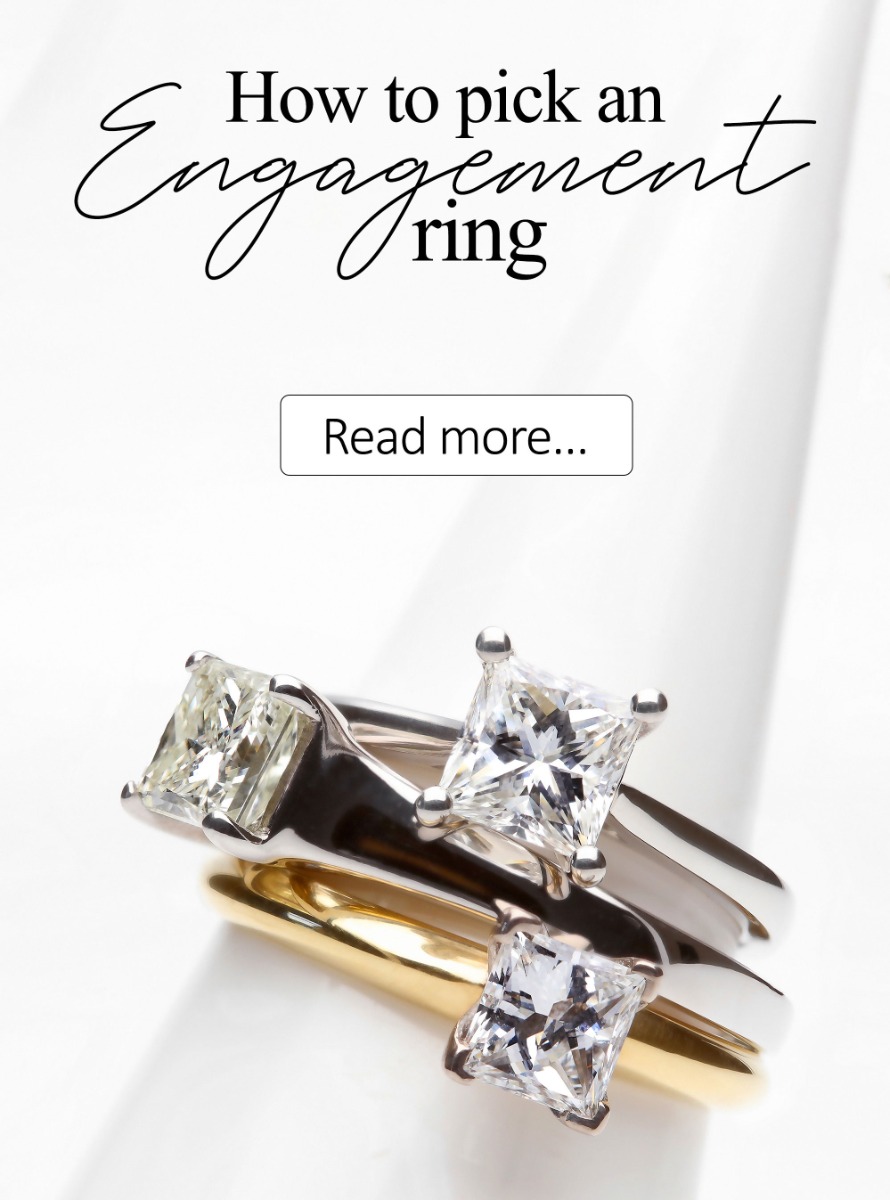Diamonds have long been a symbol of eternal love and commitment, and choosing the perfect diamond ring is a significant decision. Beyond the diamond itself, the ring's setting plays a crucial role in enhancing its beauty and character. In this guide, we'll explore and compare various diamond ring settings to help you make an informed choice.
Claw Setting
Claw settings are the most popular and classic choice for diamond rings. In this design, small metal Claws hold the diamond securely in place while allowing maximum exposure of the stone to light. Claw settings come in various styles, with the most common being four-claw and six-claw settings. Four claws offer a more minimalistic and modern look, while six claws provide additional security and a classic aesthetic.
Pros:
- Excellent light exposure for maximum sparkle.
- Allows the diamond to appear larger.
- Easy to clean and maintain.
Cons:
- Claws can catch on clothing or other objects.
- May require more maintenance to ensure claws remain secure.
Bezel Setting
Bezel or rubover settings offer a sleek and contemporary look. In this setting, a metal collar surrounds the diamond, holding it securely in place. Bezel settings are versatile and can be customised to cover all or just part of the diamond's perimeter, allowing for various design options.
Pros:
- Provides excellent protection for the diamond.
- Smooth and snag-free design.
- Minimal maintenance required.
Cons:
- May make the diamond appear smaller due to the metal surrounding it.
- Less light exposure compared to prong settings.
Channel Setting
Channel settings are often used for diamond accent stones or in wedding bands. In this design, diamonds are set closely together within a groove in the metal, creating a continuous, sparkling line of gems. This setting is highly secure and prevents the diamonds from snagging on clothing.
Pros:
- Offers a seamless and elegant look.
- Securely holds multiple diamonds in place.
- Minimal maintenance required.
Cons:
- Less prominent visibility of individual diamonds.
- Limited to smaller stones or accent diamonds.
- Harder to alter Rings in finger size
Pave Setting
Pave settings are all about maximising the sparkle factor. Tiny diamonds are set closely together in small holes, creating the illusion of a diamond-encrusted surface. Pave settings are often used for the band of engagement rings, adding extra brilliance to the overall design.
Pros:
- Impressive sparkle and brilliance.
- Adds a touch of luxury and extravagance.
- Can be combined with other setting styles for a unique look.
Cons:
- Requires regular maintenance to check for loose stones.
- Diamonds are more exposed to wear and tear.
Tension Setting
Tension settings create the illusion of a floating diamond. The diamond is held in place by the pressure of the metal band, making it appear suspended in mid-air. This modern and minimalist setting is a conversation starter.
Pros:
- Unique and eye-catching design.
- Excellent light exposure.
- Symbolises the strength of the relationship.
Cons:
- Limited to specific diamond shapes and sizes.
- Requires precise craftsmanship to ensure diamond security.
Choosing the right diamond ring setting is a personal decision that depends on your style, lifestyle, and preferences. Each setting offers its own unique advantages and aesthetics. Whether you prefer the timeless elegance of prong settings, the modern allure of bezel settings, or the dazzling brilliance of pave settings, understanding the options available will help you make the perfect choice for your forever ring. Remember to consider not only the beauty of the setting but also its practicality and long-term maintenance requirements. Ultimately, the ideal setting will accentuate the beauty of your diamond and symbolise the enduring love it represents.













